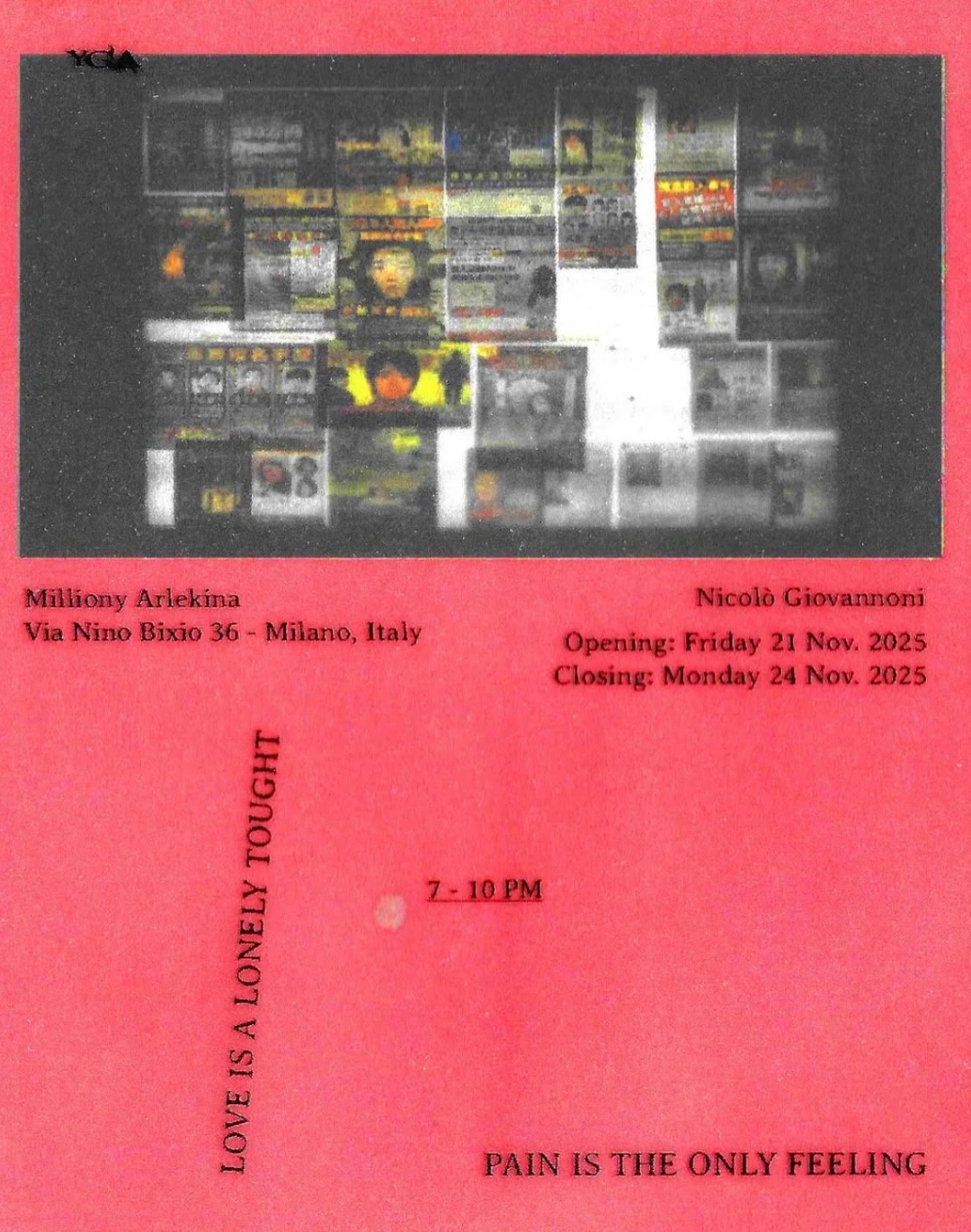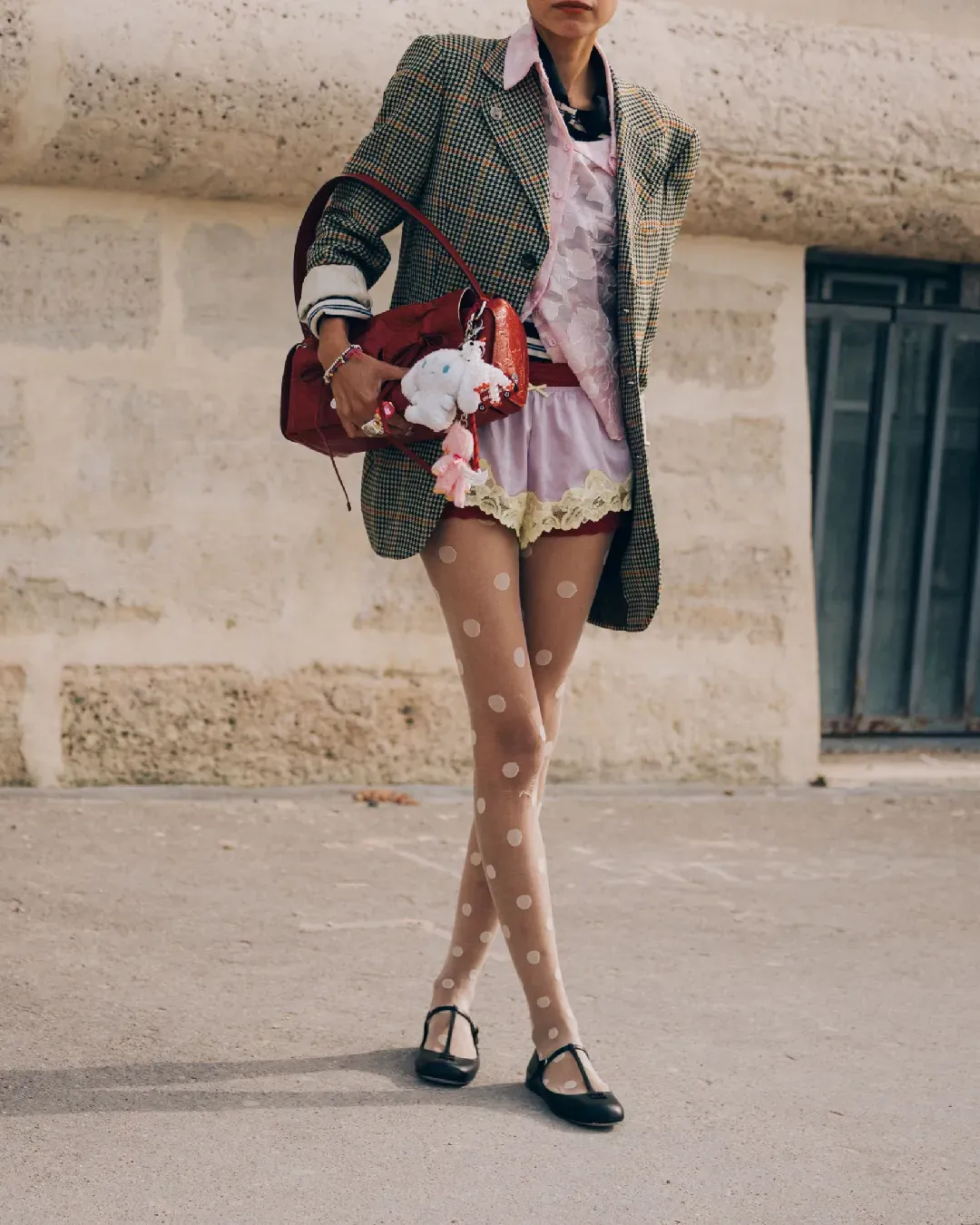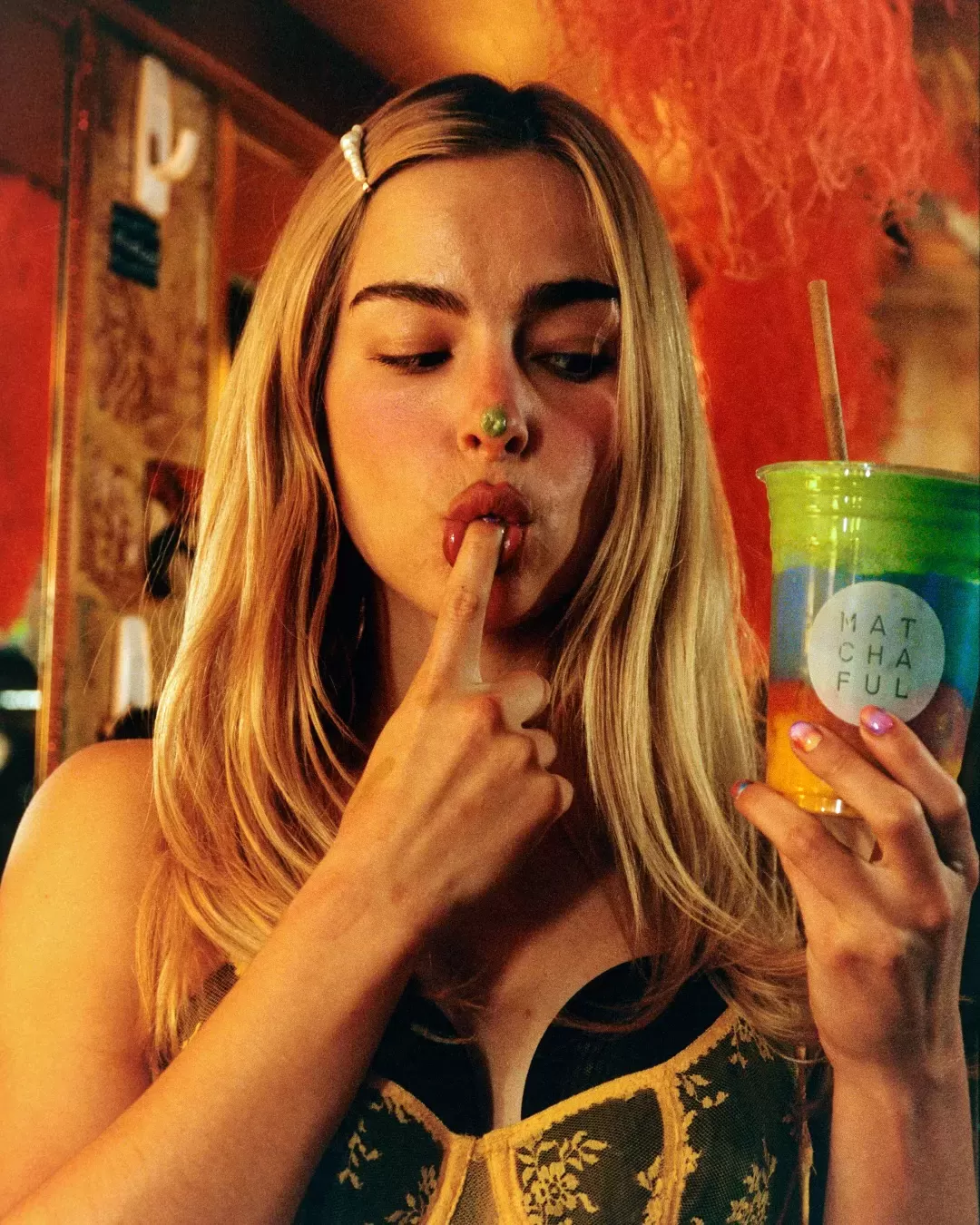
5 things to remember about Issey Miyake's life From potato sacks to pleats
Gone quietly is Issey Miyake, who died at the age of 84 last August 5 in a Tokyo hospital from severe liver cancer. Of his colors, shapes and acrobatic experimentation with fabrics, we will forever hear echoes. A note from the Issey Miyake group expressly pointed out that, per the designer's own wishes, there will be no memorial or funeral. Miyake had an affinity for the idea of memory and heritage that was not easy to achieve: the Japanese called the clothes in his first collection presented in Tokyo «potato sacks».
Still, he had opened a window to the Eastern world that Westerners began to observe more closely. Against this backdrop of defining the Japanese archive, Miyake was one of the first to realize the enormous potential of fashion design in Japan and, for this reason, founded the Miyake Design Studio, beginning to (con)fuse Western design with Eastern manufacturing techniques. After his gradual departure from his company, he never stopped devoting himself to research in fashion and design. He was also the director of the Tokyo Design Museum and won a Compasso d'Oro in 2014 for the IN-EI Issey Miyake lamps, made in collaboration with the Italian lighting company Artemide.
To remember the wind tailor's immeasurable talent - there is no fabric he did not fold to his liking -we have selected five things to remember about his life.
Fashion magazines were his first inspiration
Fascinated by fashion photography and the Western magazines his sister bought, Issey Miyake fed his still unstructured inspirations. Still, it was an inkling that led him straight to enrollment at Tama Art University in Tokyo, known for a long tradition on textile design. There he studied graphic design and graduated in 1964.
He worked for Hubert de Givenchy
He later left Japan to move to Paris and study at the École de la chambre syndicale de la couture parisienne, through which he had the opportunity to work as an apprentice to Hubert de Givenchy in 1966 and Guy Laroche (1968) thereafter. Although tied to Parisian haute couture, Issey Miyake felt the need to open himself up to new modes of expression. He soon began to look for new opportunities, and the chance came in 1969 when he was offered a job as a designer by Geoffrey Beene in New York.
His debut was in America
New York's department stores, the prominence of ready-to-wear, and the spread of see now, buy now made it clear to Miyake how far the American approach was from the static nature of Parisian couture. In this context, Miyake makes some clothing samples, mainly T-shirts and dresses with Tebori designs, executed with a Japanese technique similar to tattooing, and clothes decorated with the Sashiko method, a kind of embroidery that can give strength and heaviness to fabrics. Samples of Miyake's designs were shown to Vogue USA magazine and Bloomigdale's Department Store: both were enormously impressed, to the point that the store decided on a small section called «East meets West» to his work.
He was the poet of textiles
He inaugurated a new modeling concept called A-Poc (A piece of cloth), a design thinking according to which it was necessary to use a single piece of fabric to wrap around the body, adapting to movements and transforming accordingly. For Issey Miyake, clothes were pure metamorphosis. His was an architect's soul with a cult of folds so ingrained that he trained all materials into clothes: his spatial poetics took the form of an inimitable structural minimalism. He used a fabric as poor as polyester, which, folded with hot presses, guaranteed indestructible performance in pants, pencil skirts and dresses. This idea of material (im)perfection became the manifesto of his ready-to-wear line in 1993, Pleats please by Issey Miyake, whose poetics found its natural proselytes in the acrobatics of dancers and gymnasts.
He designed for Steve Jobs
Issey Miyake’s impact. We lost a big one. pic.twitter.com/DaKxPbIjMR
— Kea (@jacquemusx) August 9, 2022
Making something that also worked in real life was one of his creative obsessions. His iconic and timeless collections immortalized by the shots of photographers of the caliber of Herb Ritts or Irving Penn - historical and long-lasting collaboration between them - had created a host of followers scattered around the world. One of them all, Steve Jobs: the classic black turtleneck shirt the entrepreneur wore from 1998 to 2011 was an A-POC creation by Issey Miyake. Jobs was fascinated by the system's high technology and asked Miyake to produce the iconic black turtleneck for him, which he wore every day.















































